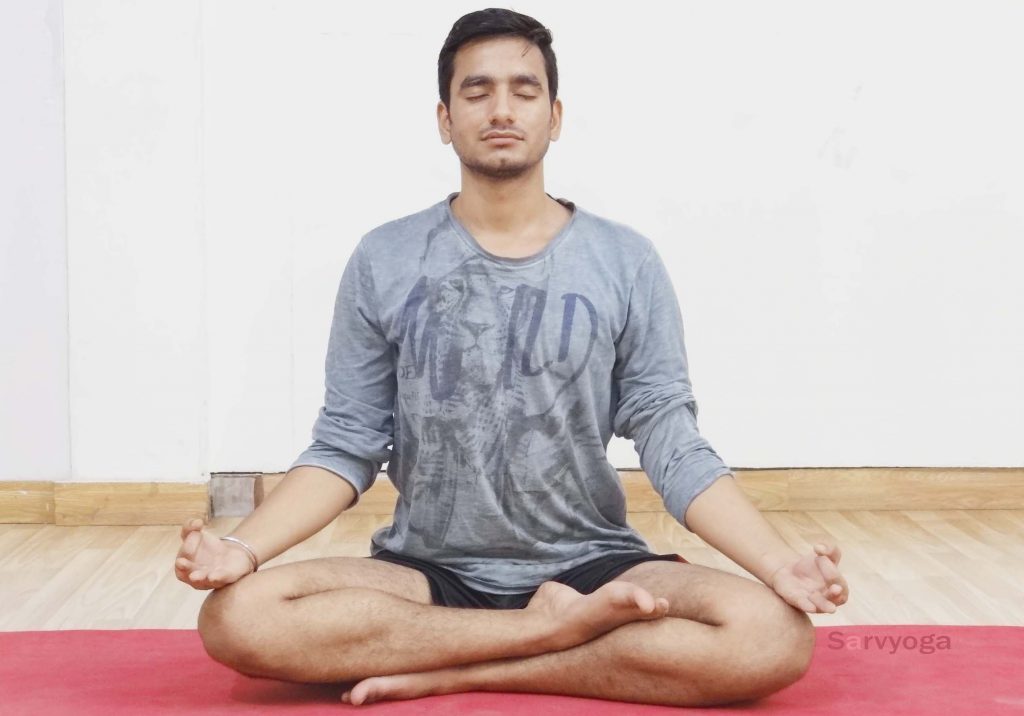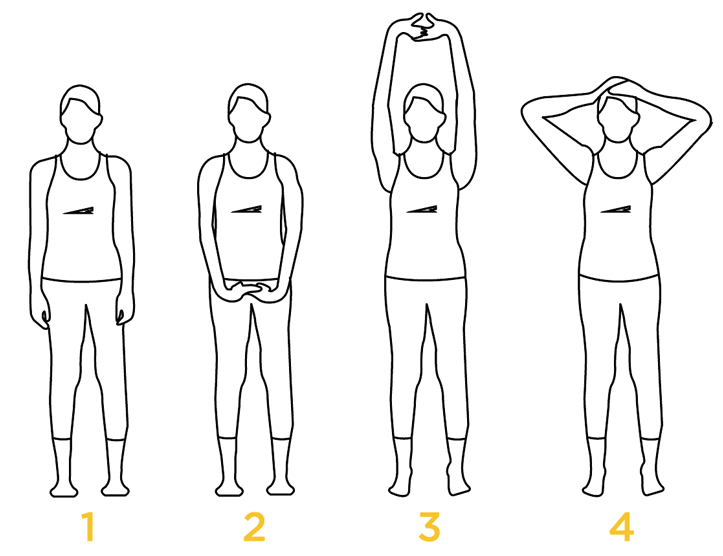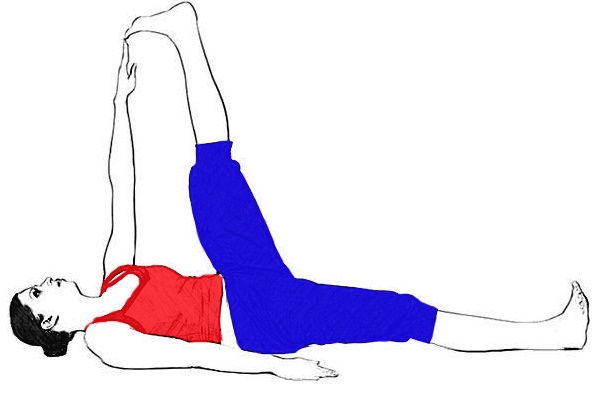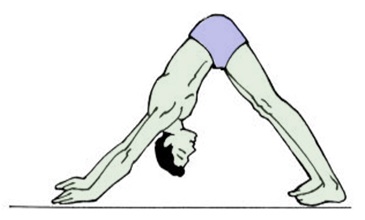There is an alarming increase in the rate of heart diseases among people these days. There is no particular age of cardiovascular diseases. The main reasons behind this increase in today’s generation are increased stress, unhealthy lifestyle and decreased physical activity. But the good news is that one can do a lot to prevent heart diseases. Following a healthy lifestyle is much easier than most the people think. This can be done by doing a little physical activity that involves stretching and breathing techniques. This can be achieved with the help of yoga. Yoga poses are not only efficient as primary prevention of heart diseases but also as a curative.
Yoga is a mind-body activity that involves a series of exercises that improve flexibility, strength, balance and relaxation. One of the most important benefits of yoga to the heart is relaxing the body and mind. The breathing exercises and mental focus can help reduce stress which is the main reason for heart diseases. The most common heart disease induced due to stress is the heart attack which results due to stress induced increased blood pressure. Yoga relaxes the mind and reduces stress thus, decreasing the chances of a heart attack.
Navigator
The cardiac benefits of yoga are stated below :
- It lowers the blood pressure
- It strengthens the heart
- It increases lung capacity
- It helps to make the blood thinner, preventing the formation of blood clots.
- It lowers bad cholesterol levels
- It reconditions the heart for using oxygen more efficiently
- It improves heart rate
- It improves blood circulation
- It calms the nervous system, hence reduces stress
YOGA EXERCISES FOR A HEALTHY HEART
Sukhasana (Easy Pose)

Sit erect with your feet stretched out. Cross your legs such that your knees are wide and each foot is placed under knee.
Tadasana (Mountain Pose)

Stand erect with your legs slightly apart. Make your thigh muscles firm and strengthen the inner arches of ankles. Turn upper thighs inward and lift the pubis. Look upward and stretch your body.
Padangusthasana (Big Toe Pose)

Standing in Mountain Pose, inhale and exhale as you bend from the hips and grasp your big toes with the thumb, forefinger and middle finger of each hand.
Adho Mukha Svanasana (Downward Dog Pose)

Come onto the floor on your hands and knees. Lift your knees away, push your top thigh back and stretch your heels on the floor similar to a downward-facing dog.
Marjariasana (Cat Pose)
Come onto the floor on your fours. Form a table such that your back forms the table top. Keep your arms perpendicular to the floor.
Precautions For Heart Patients
- Any yoga pose must not be practiced beyond capacity.
- Care should be taken not to strain the heart.
- Never retain breath while practicing.
- The practice should be stopped at a slightest sign of heart pain.
- Inverted postures should never be practiced by heart patient.
Yoga Poses Heart Patients Should Avoid
Chakrasana (Wheel Pose)
This requires a lot of strength and a proper breathing pattern. It put pressure on your heart to pump blood faster.
Karnapirasana(Ear Closing Pose)
This position requires a lot of efforts when the knees are brought closer to the ears and thus, exerts a lot of pressure.
Halasana (Plough Pose)
this position requires your heart to pump blood to the lower body with pressure against gravity.
Sarvangasana (Shoulder Stand)
In this position, you are standing on your shoulders. So, the heart has to pump the blood to the lower body against gravity.
ViparitaKarani (Simple Inverted Pose)
This pose puts strain on your heart for blood circulation as your legs are above the level of the heart.
CONCLUSION
Cardiovascular disease is a health burden all over the world. The risk of cardiac disease can be lowered by removing the possible etiology which is mental/emotional stress and lack of physical exercise. Both of these are the components corrected in yoga. Yoga is effective in dealing with stress and pressure which in itself can heal a heart patient. Apart from reducing stress, yoga might reduce blood pressure and cholesterol and maintain heart rate which are the most common causes of a heart attack. Practicing yoga in a proper posture and for a limited time can reduce the risk of a heart attack. Unfortunately, yoga is only a preventive measure and not a cure. It should not be substituted in place of medicines but should be practiced for having a healthy heart. You should avoid asanas that make your heart work too much and exert pressure. It is important to practice yoga under the guidance of an expert.

